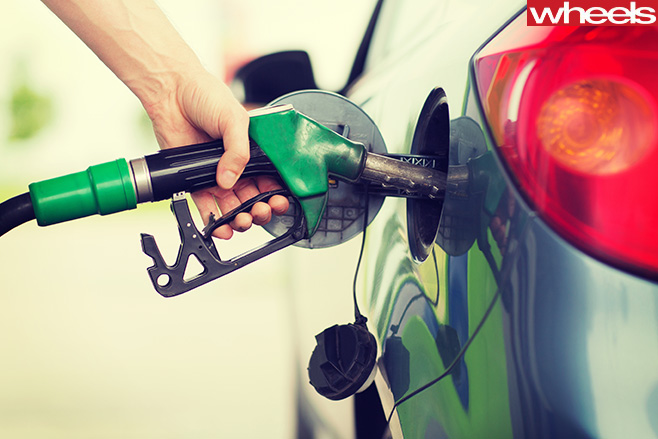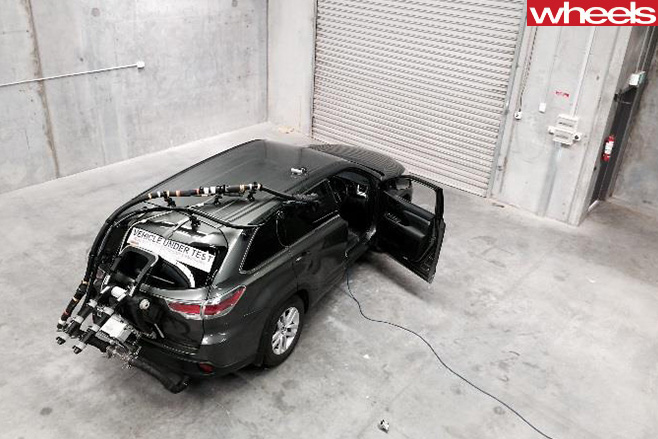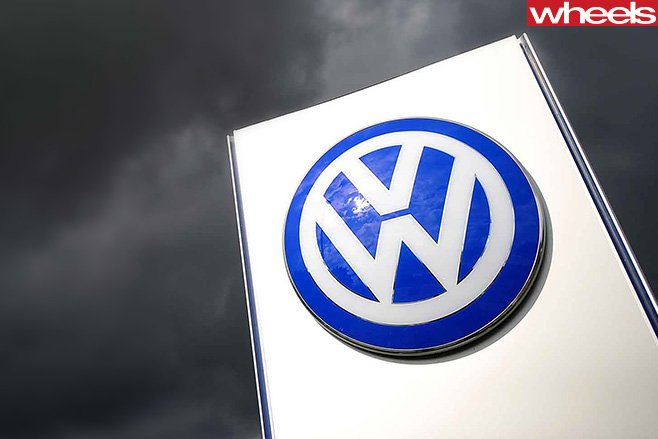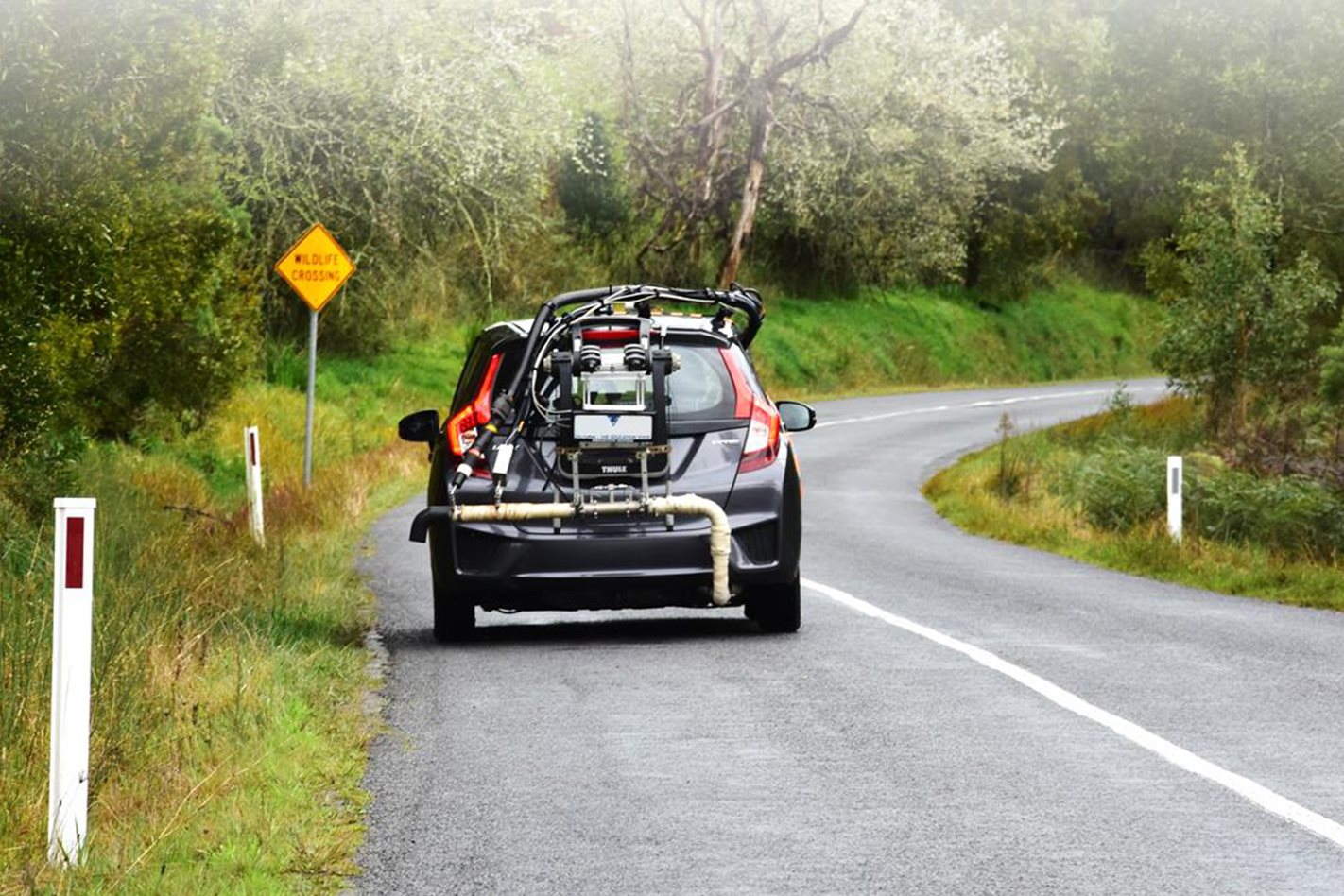THREE cars assessed as part of the most comprehensive test of real-world fuel figures in Australia have broken strict pollution laws, an Australian Automobile Association study has found.
One of the 30 cars tested produced almost double the limit for nitrogen oxides, a major source of air pollution, the study shows. Another produced four times as much carbon monoxide as allowed under Australian emissions standards.
A third car was criticised for just breaking the legal limit for nitrogen oxides under testing.
The preliminary report of the study, titled Real World Driving: Fuel efficiency and emissions testing, is the result of a months-long study of some of the best-selling vehicles in Australia, including trade utes. All the vehicles tested were less than two years old, and with fewer than 50,000km on their odometers.

According to the report, real-world fuel use was up to 35 per cent higher than figures shown on government-mandated labelling, and 20 per cent higher on average.
AAA chief executive Michael Bradley called on the laboratory tests used to determine fuel use to be dumped in favour of real-world testing.
“These results suggest that as emissions regulations around the world become more stringent, auto manufacturers are producing vehicles that limit emissions in the laboratory, but not necessarily in the real world,” Bradley said.

“With the Government actively considering stricter standards for Australia’s vehicle and fuel sectors, it’s critical that real-world testing is introduced to ensure motorists aren’t asked to pay more for regulation that fails to deliver environmental benefit,” he said.
“The AAA notes that the European Union is currently transitioning away from relying solely on laboratory testing to improve the effectiveness of its emissions regulatory model and we encourage the Australian Government to do likewise.”

It took the controversial step of banning Volkswagen Group products from its Australia’s Best Cars award in 2015 in response to the Dieselgate, sparking a bitter war of words. The German carmaker declined to let its products take part in this year’s awards.





